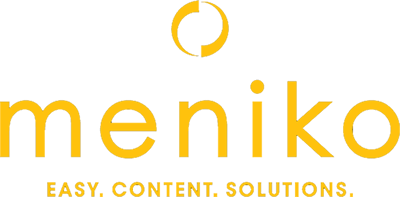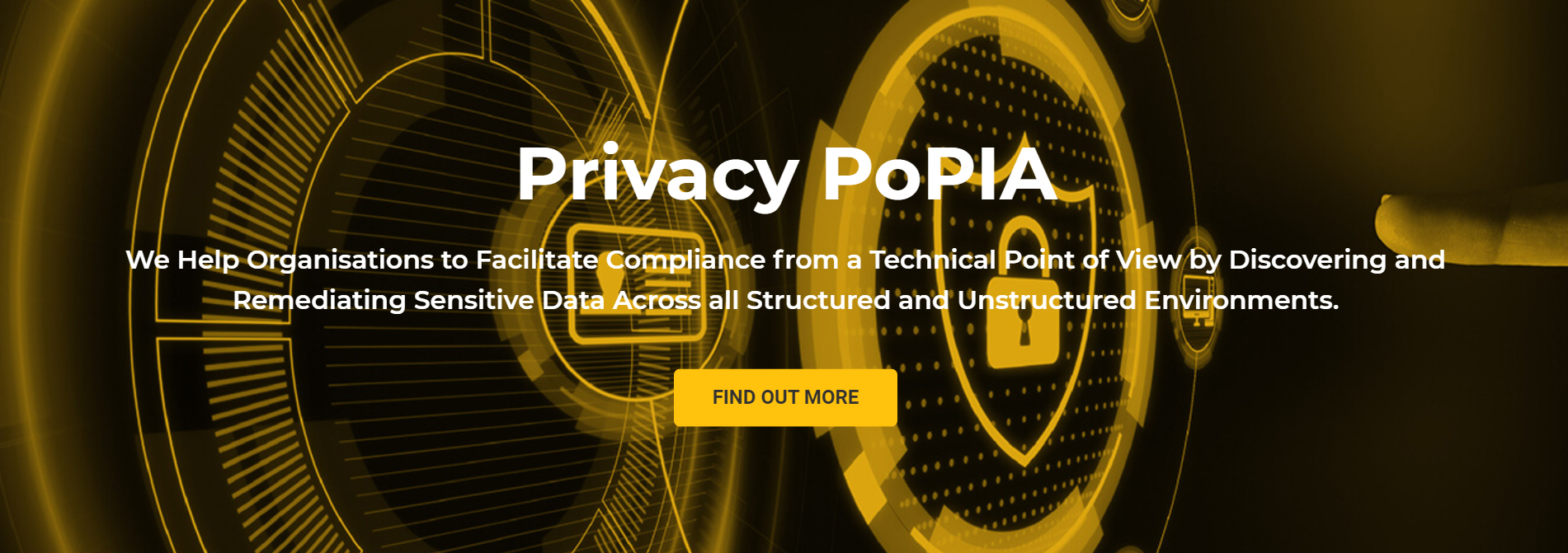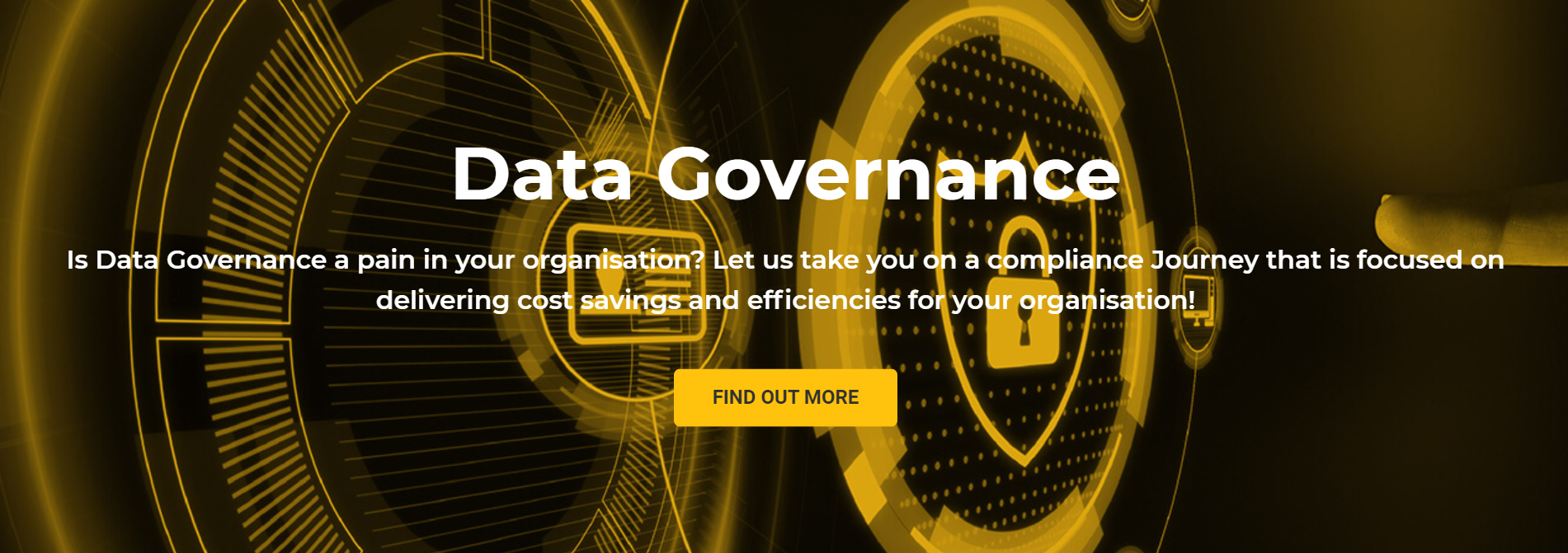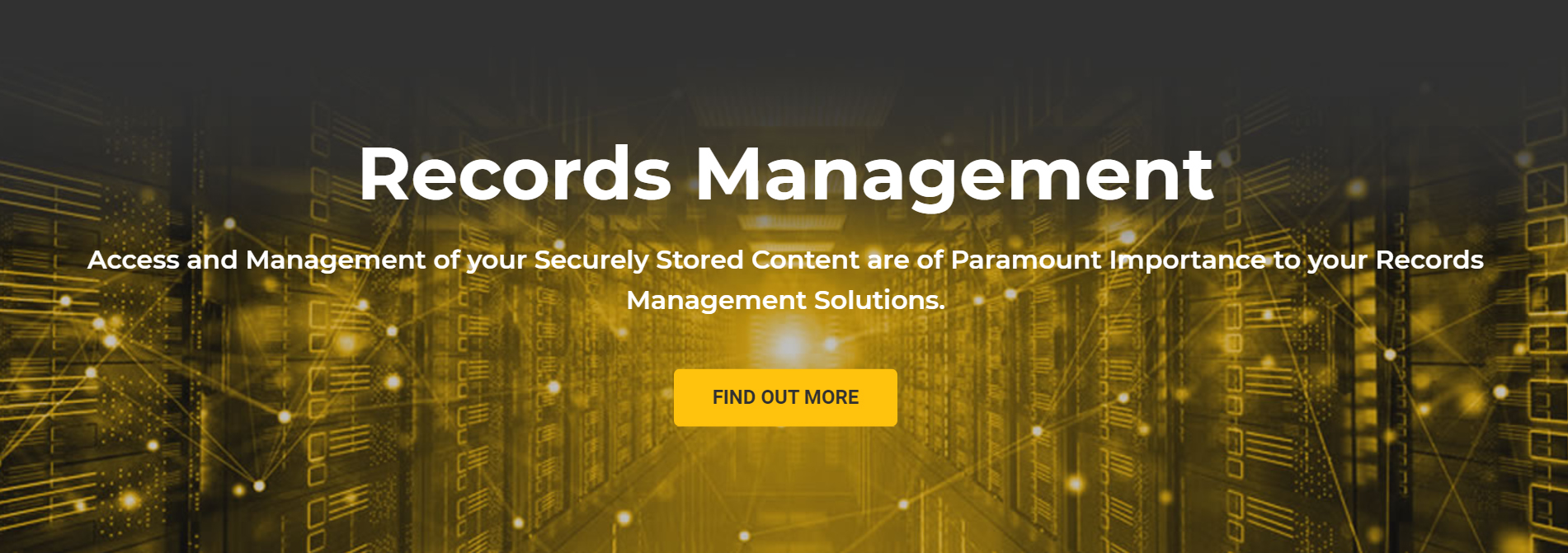Data Management
Records management solutions need to add value to business to remain relevant.
Data Management
File analysis, encryption and management of unstructured data
New, smarter solutions are required to meet mounting data management requirements, says Meniko Records Management.
Governance risk and compliance
Better data management begins with PII discovery
Thanks to the POPI Act and Europe’s GDPR, processing personal identifiable information is now a critical part of doing business.
Governance risk and compliance
Five records management myths worth forgetting
Destroying records in conjunction with the law is completely legal as long as they have passed their retention period.



